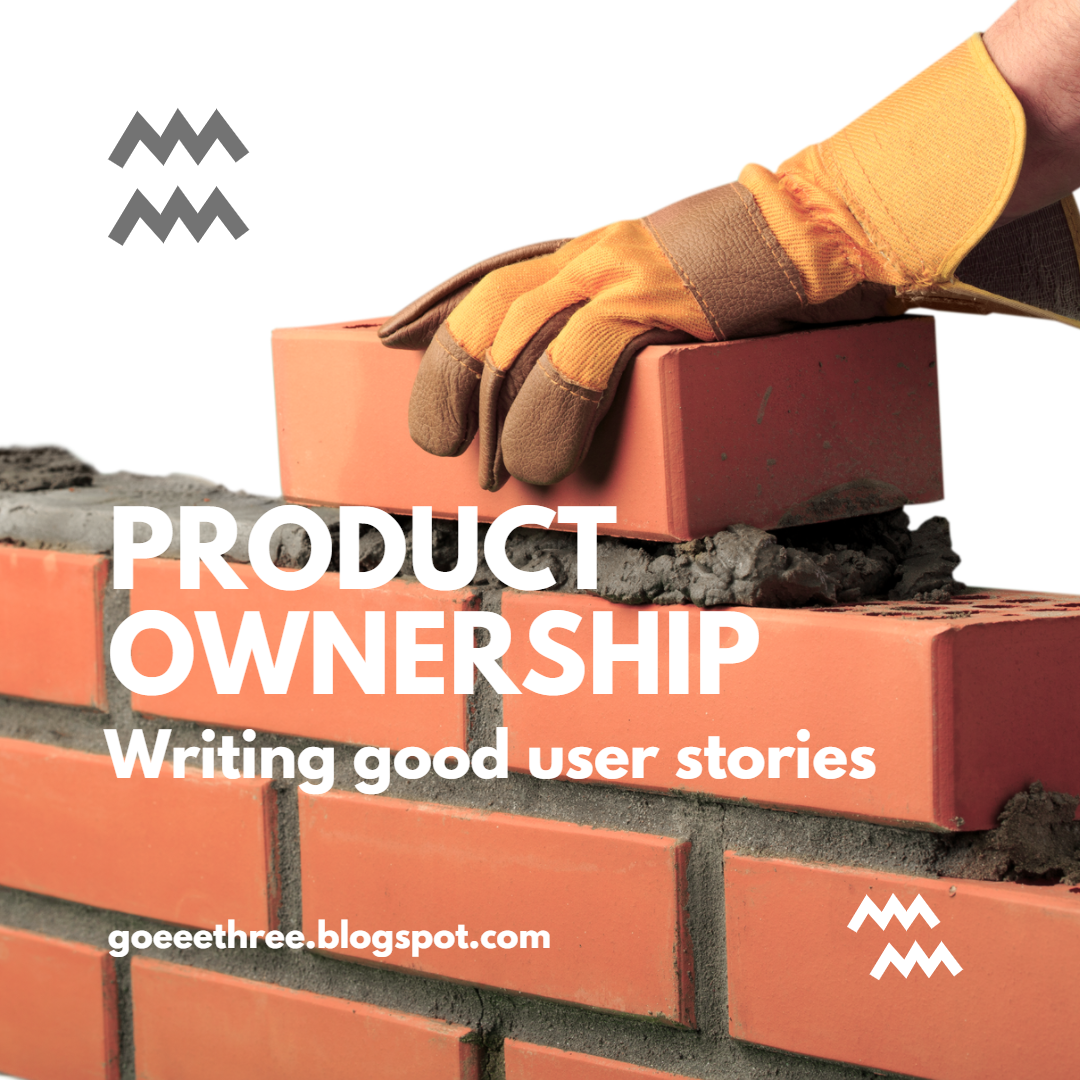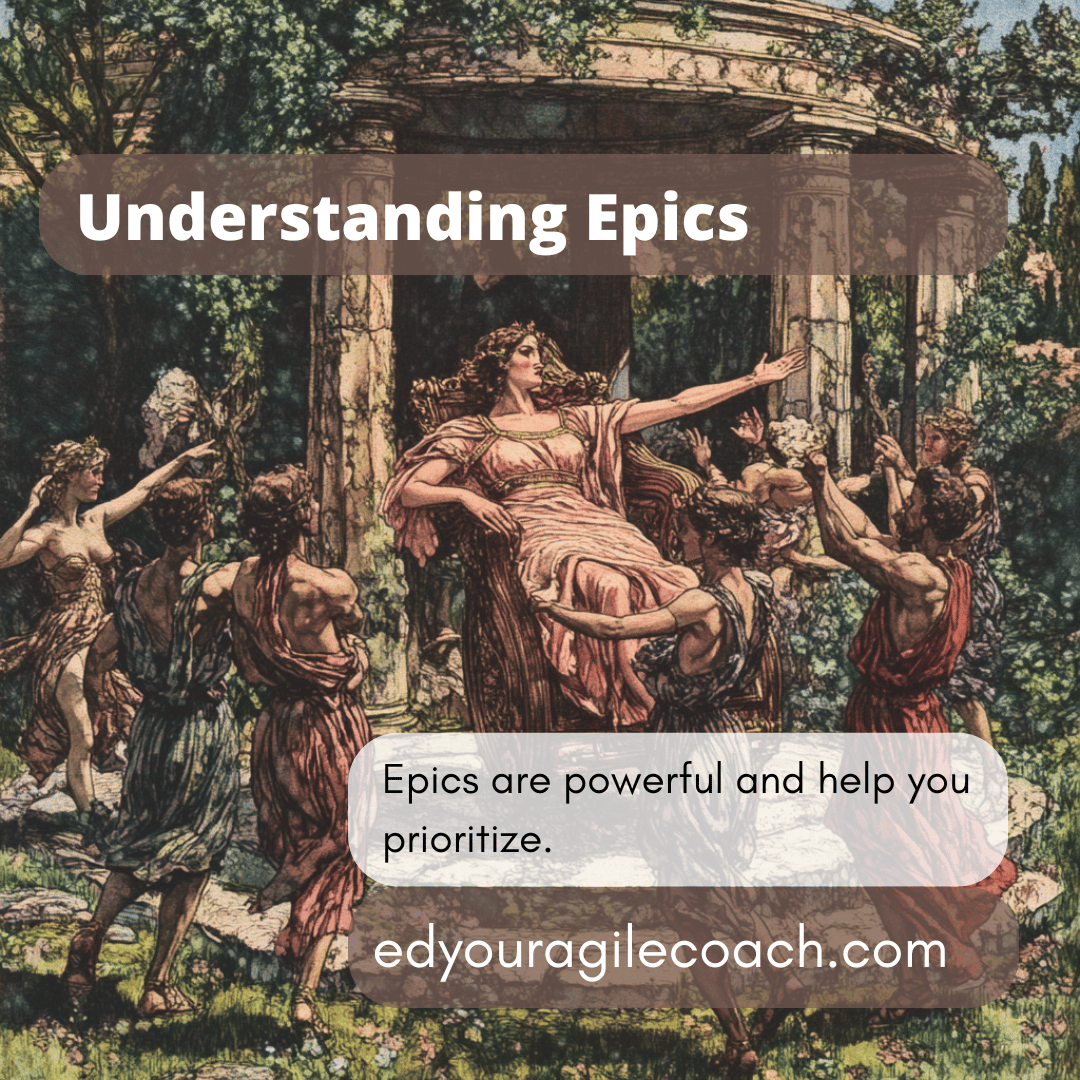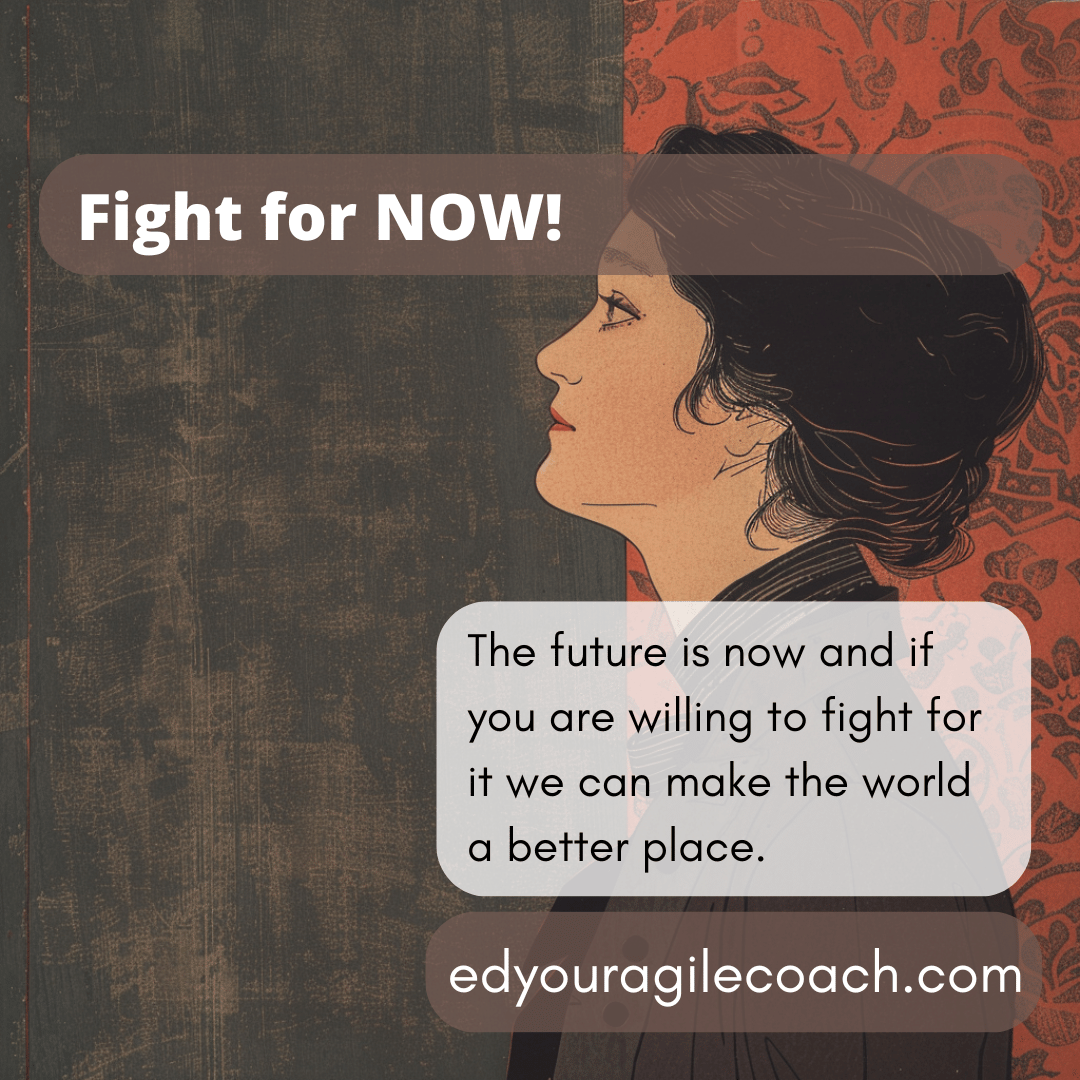Writing good user stories

The most important responsibility of a product owner is writing user stories. This requires focus and skill. The team members are responsible for completing work, but the product owner ensures the team's work delivers value to the business. Today, we continue our series on healthy ownership by looking at some helpful guidelines for writing better user stories.
User stories are not just individual tasks but the bricks that construct your product and deliver value to your organization. Together, they form the foundation for all the agile team's conversations about the work they accomplish. Good user stories, with their clear why and acceptance criteria, are the building blocks that make your work significant and impactful.
Three years ago, I wrote a blog that explains my technique of writing stories, a technique I teach to others. It features a sentence narrative in which I then explain what needs to be done and why. I deliberately do not tell the Agile team how I want the work done. This is because I trust in the team's intelligence and capability to develop solutions. This trust in the team's ability will empower them and foster a sense of capability.
Next, I encourage you to author acceptance criteria using the Gherkin syntax. The simple use of the given, when, then narrative makes it easy for quality assurance people to confirm quality and for the developer to do the work. Clear acceptance criteria in a given, when, then format avoid mistakes when people attempt to parse ambiguous requests. Acceptance criteria allow the team to estimate more effectively and split stories.
Finally, embrace the INVEST model of writing user stories. INVEST stands for independent, negotiated, valuable, estimated, small, and testable. These qualities make a user story a helpful nugget of information to help complete work.
User stories are the bricks that make up the cathedral of your product. If you create quality stories, those bricks will be strong enough to make your product successful. The architect Louis Kahn famously said, "Even a brick wants to be something."
Next time, the soft skills of a good product owner.




Comments ()